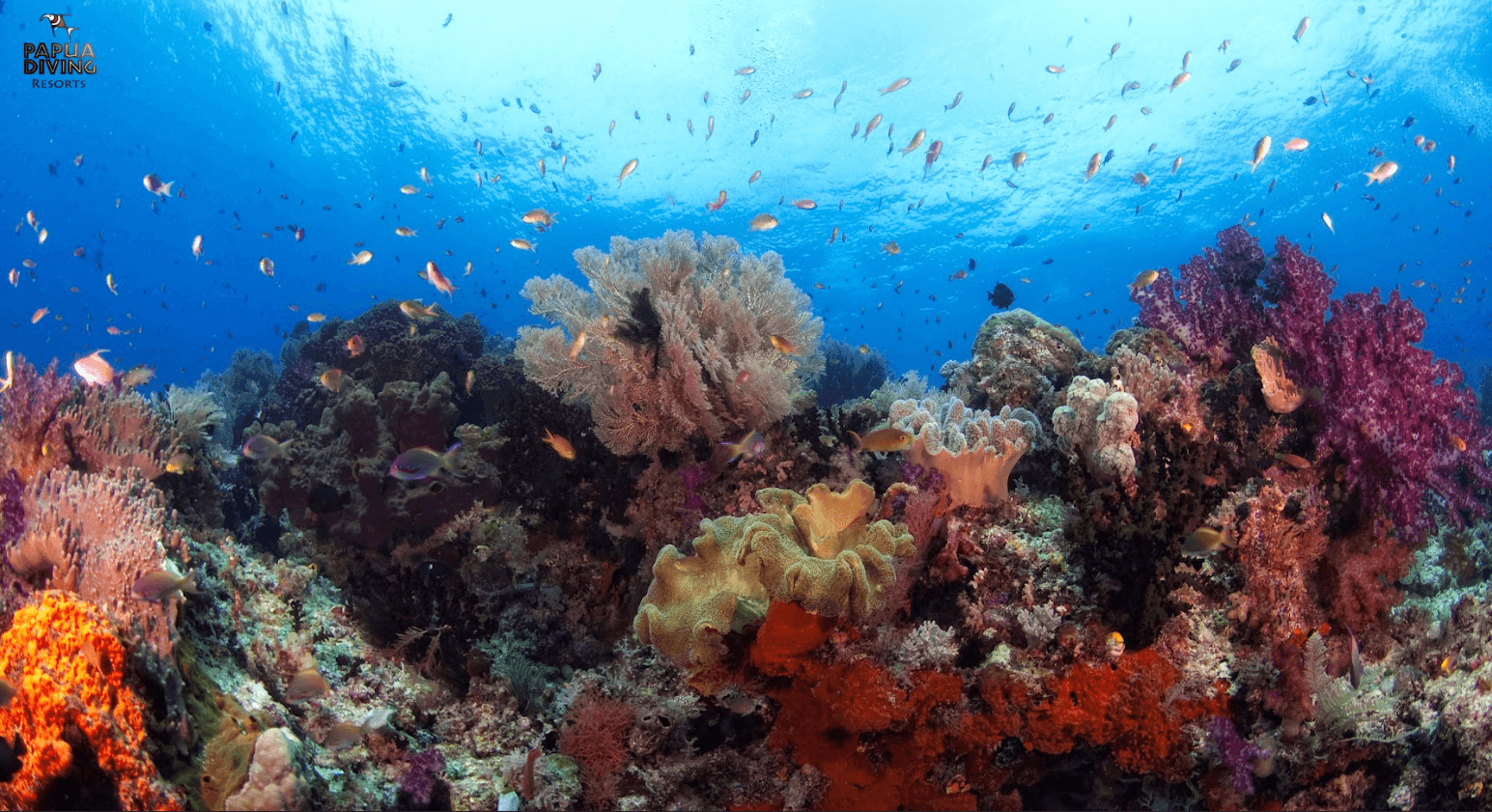
Raja Ampat Biodiversity: An Ecotourism Gem of Indonesia
Raja Ampat's biodiversity is unparalleled, boasting some of the richest and most diverse marine ecosystems on the planet.
- November 23, 2023

Raja Ampat's biodiversity is unparalleled, boasting some of the richest and most diverse marine ecosystems on the planet.
Thanks to its location in the heart of the Coral Triangle, Raja Ampat is home to the richest coral reef ecosystems with the highest concentration of marine and coral species on the planet, with over 550 different species of corals, 700 species of mollusks and over 1800 species of reef fish as well as 17 species of marine mammals, including sperm whales, dolphins, orcas, and dugongs. Plus, oceanic and reef manta rays, many different species of sharks, 5 species of sea turtles, schooling fish, and reef-building corals.
For divers, marine explorers, marine biologists, and others, Raja Ampat's biodiversity is a dream come true. It is truly one of the few places on earth where one could witness a wide range of marine life in their natural habitat. In fact, the Nature Conservancy and Conservation International say that around 75 percent of the world's species live here.
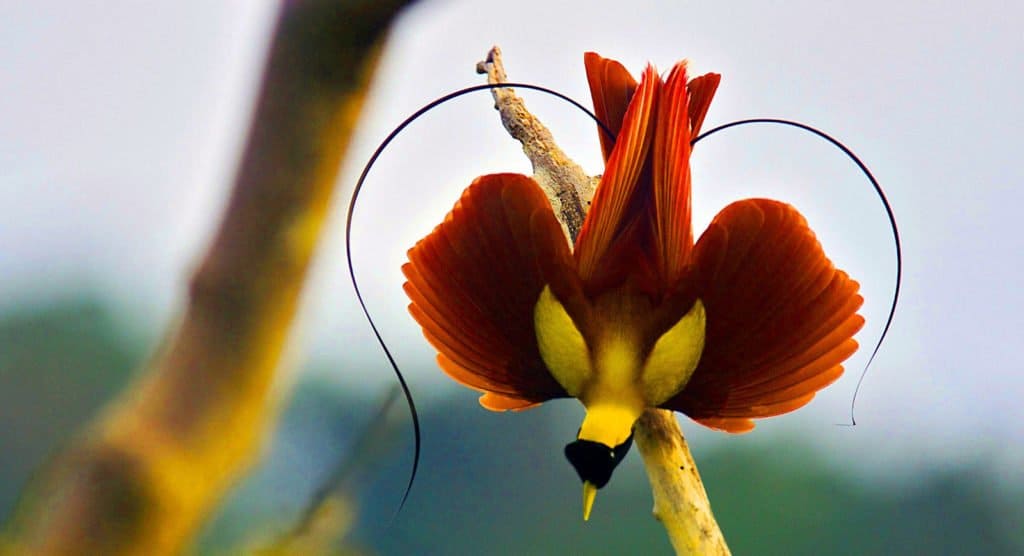
Raja Ampat’s biodiversity is not only limited to its oceans – the forests of Raja Ampat are rich with rare birds like the Red Bird Of Paradise with its magnificent red plumage and long elaborate tail; Wilson’s Bird Of Paradise with its black plumage with bright blue and white markings and the Waigeo Brush Turkey.
And in the ocean, there are many species endemic to Raja Ampat’s biodiversity such as the Wobbegong Shark, the Mantis Shrimp, the Pygmy Seahorse, the Ghost Pipefish, and the Raja Epaulette Shark and so much more to explore and discover.
Whether you’re a nature lover, a birder, a diver, or a marine enthusiast, you’ll have plenty of “wow “ moments in Raja Ampat when you stay with us at Papua Diving Resorts where we’ll take you on excursions both above and below the water to explore Raja Ampat’s magical biodiversity.
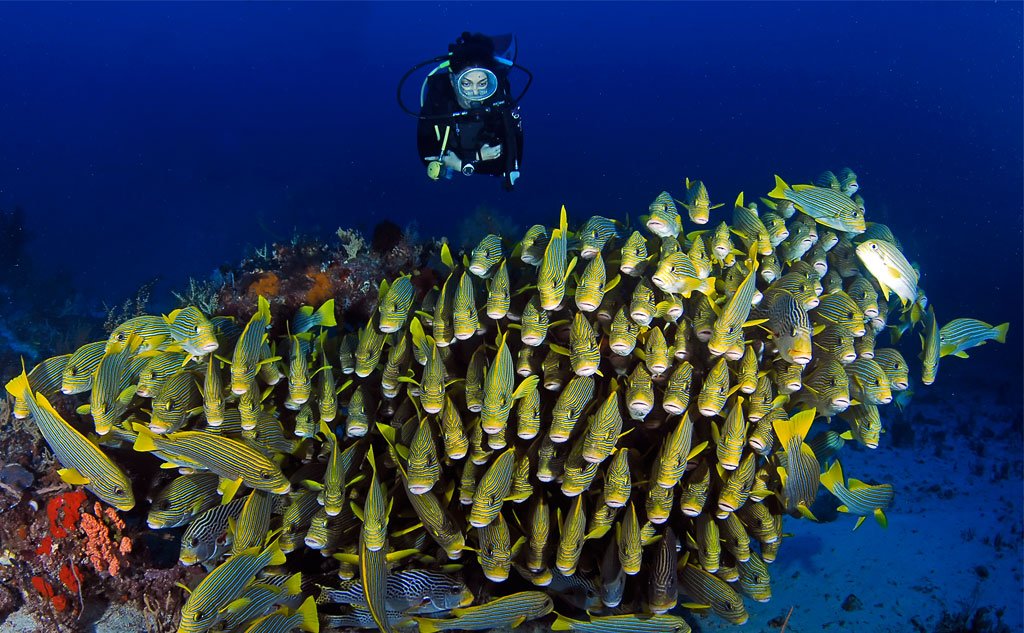
Several factors contribute to Raja Ampat's biodiversity, including the following:
The Indonesian Throughflow: Raja Ampat's biodiversity can be attributed to its unique location in the heart of the Coral Triangle, right where the Indian and Pacific Oceans meet. This convergence is called the Indonesian Throughflow, which carries warm water from the Pacific Ocean to the Indian Ocean, bringing with it essential nutrients, and contributing to the perfect environment that supports Raja Ampat’s biodiversity.
Its Complex Topography: Raja Ampat is made up of over 1, 500 islands and islets, which are surrounded by deep channels and reefs, which contribute to its amazing biodiversity. Under the surface, sharks and other large predators hide in trenches, while fish, coral, and invertebrates thrive in the shallow reefs. On land, cliffs and valleys provide a home for seabirds and other wildlife. The geological diversity of the area contributes to Raja Ampat's biodiversity, home to both terrestrial and marine animals that cannot be found anywhere in the world.
Its Secluded Location: Nestled in Indonesia’s far-flung easternmost corner, getting to Raja Ampat requires thoughtful planning and commitment. The thrill of exploring the diverse islands, cays, and shoals is an exciting challenge worth embracing. Its remoteness holds back mass tourism and overdevelopment, allowing Raja Ampat’s biodiversity to thrive, away from overcrowding, overfishing, and other threats from human development.
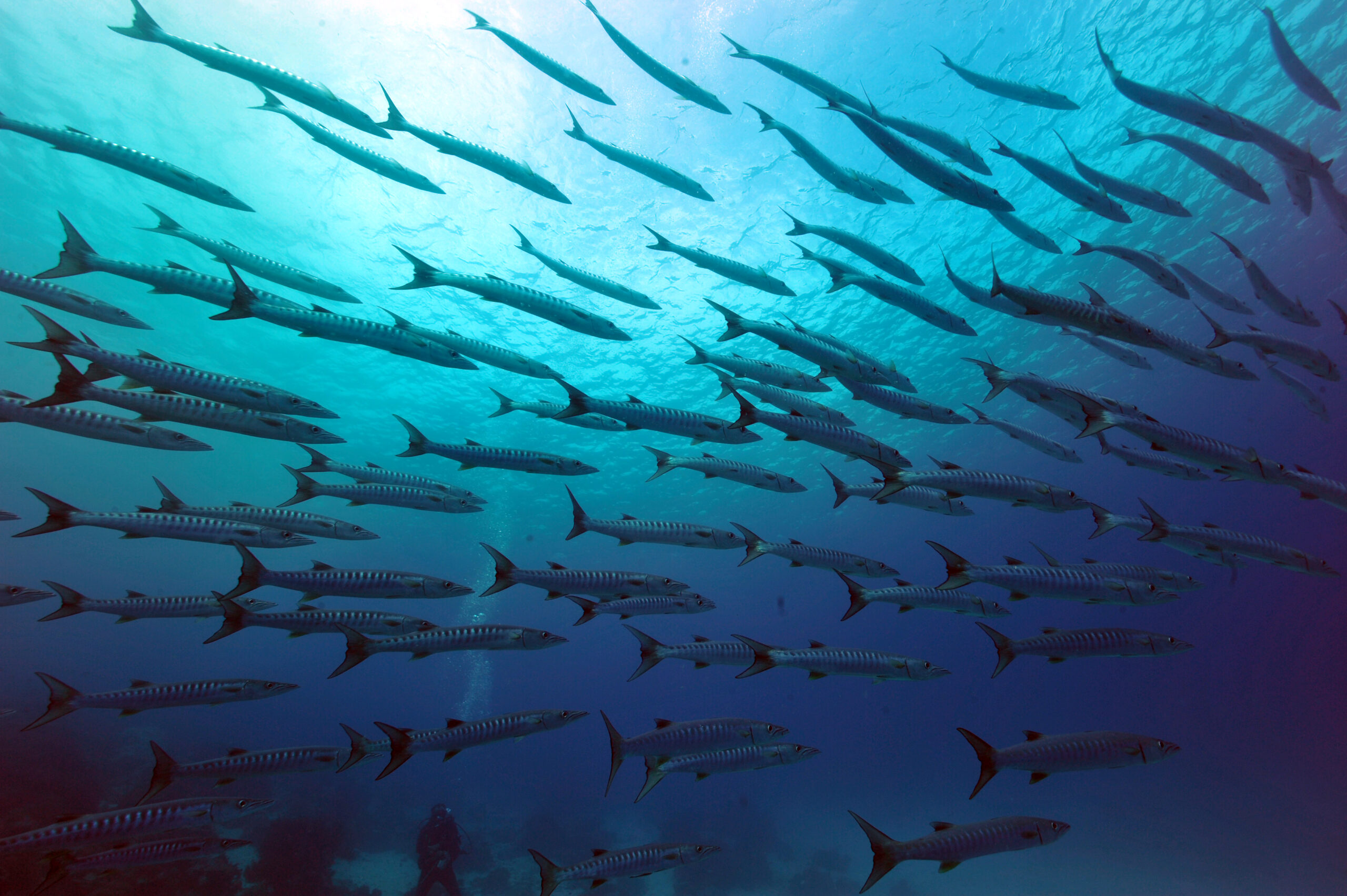
Raja Ampat is most famous for its natural beauty. To complement its incredible underwater world are the unbelievably stunning landscapes of Raja Ampat above the waves – expect sparkling white, black, and even pink sand beaches, emerald green waters, and topographies that are almost out of this world. We’re talking triangle-shaped outcrops in the hundreds, soaring hills, and deep and mysterious jungles home to the world’s rarest creatures.
Some of Raja Ampat’s most breathtaking locations include the famous Piaynemo Hill at Fam Islands, Melissa’s Garden, Wayag Island, and Misool Island. Those interested in learning all about the local culture can visit an authentic Papuan village. Arborek Village is a popular choice; guests can witness traditional tribal dances and songs and trek to Arborek Waterfall and the Arborek Caves.
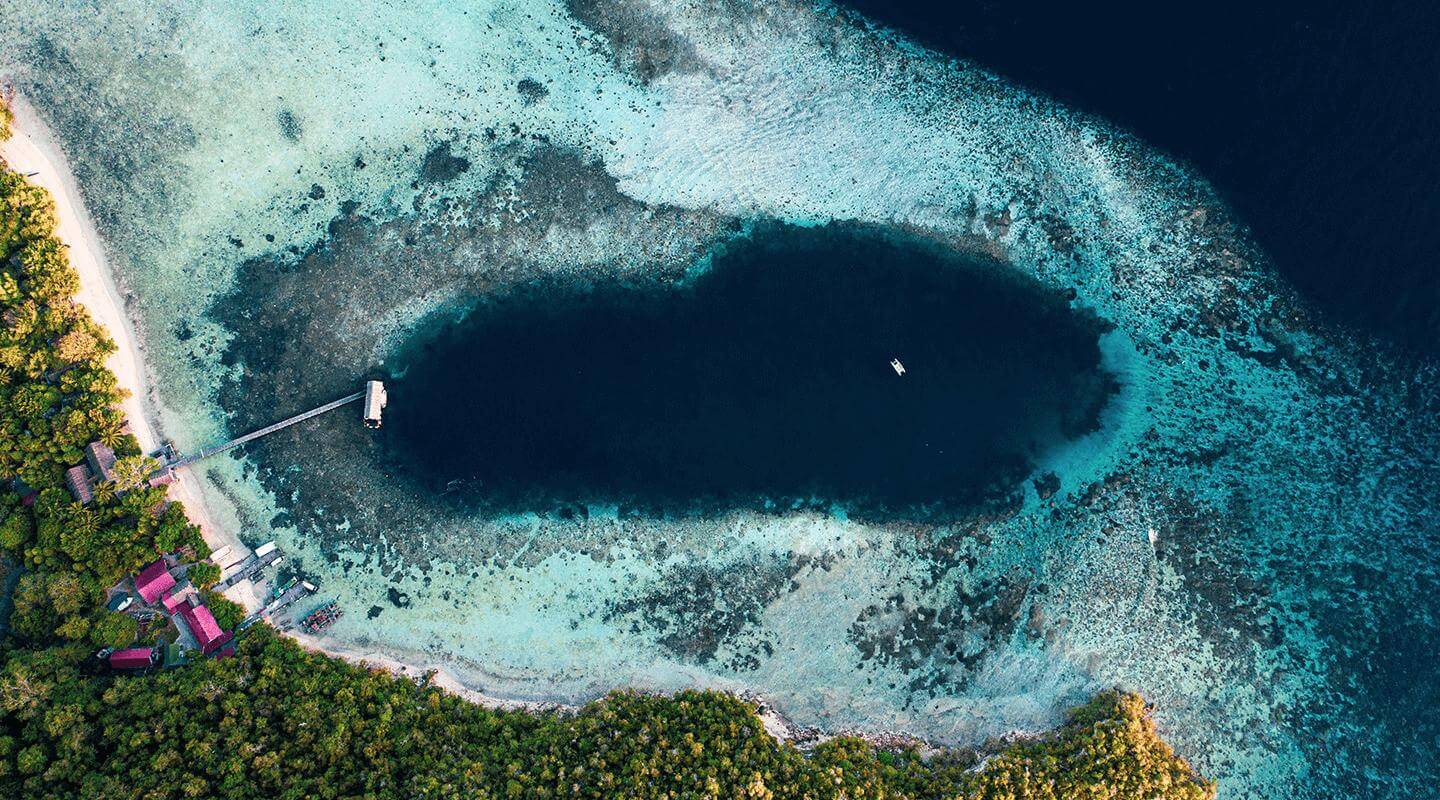
When you stay with us at Papua Diving Resorts, there’ll be plenty of opportunities to explore the wonders of Raja Ampat both above and below water. On diving safaris, we’ll take you to the most popular dive sites including Cape Kri, Melissa’s Garden, Blue Magic, Sardines, Manta Sandy & more. Options for night diving are also available. You can also opt for excursions to the Fam Islands, Mushroom Bay, and P-47 Plane Wreck. Other exciting activities to consider include kayaking, stand-up paddleboarding, hikes to waterfalls, birdwatching, and wildlife spotting.
Those who want to maximize their diving experience in Raja Ampat can always book our Unlimited Dive Package. View all our packages, rates, activities, and offers.
Ideal for luxury seekers, Sorido Bay Resort comprises 7 delightful bungalows featuring roomy suites, AC or fans, and verandas with vibrant house reef views.
Gazing upon the deep azure of the Dampier Strait and far-off mountain vistas, Kri Eco Resort comprises genuine Papuan-style overwater bungalows crafted using local materials, offering a selection of 3 room varieties.
Ready to enjoy Raja Ampat’s biodiversity with Papua Dive Resorts? Learn more about us and what we offer, and book your Raja Ampat diving holiday with the best rates and inclusions now.
See other dive sites you could explore around the world here.
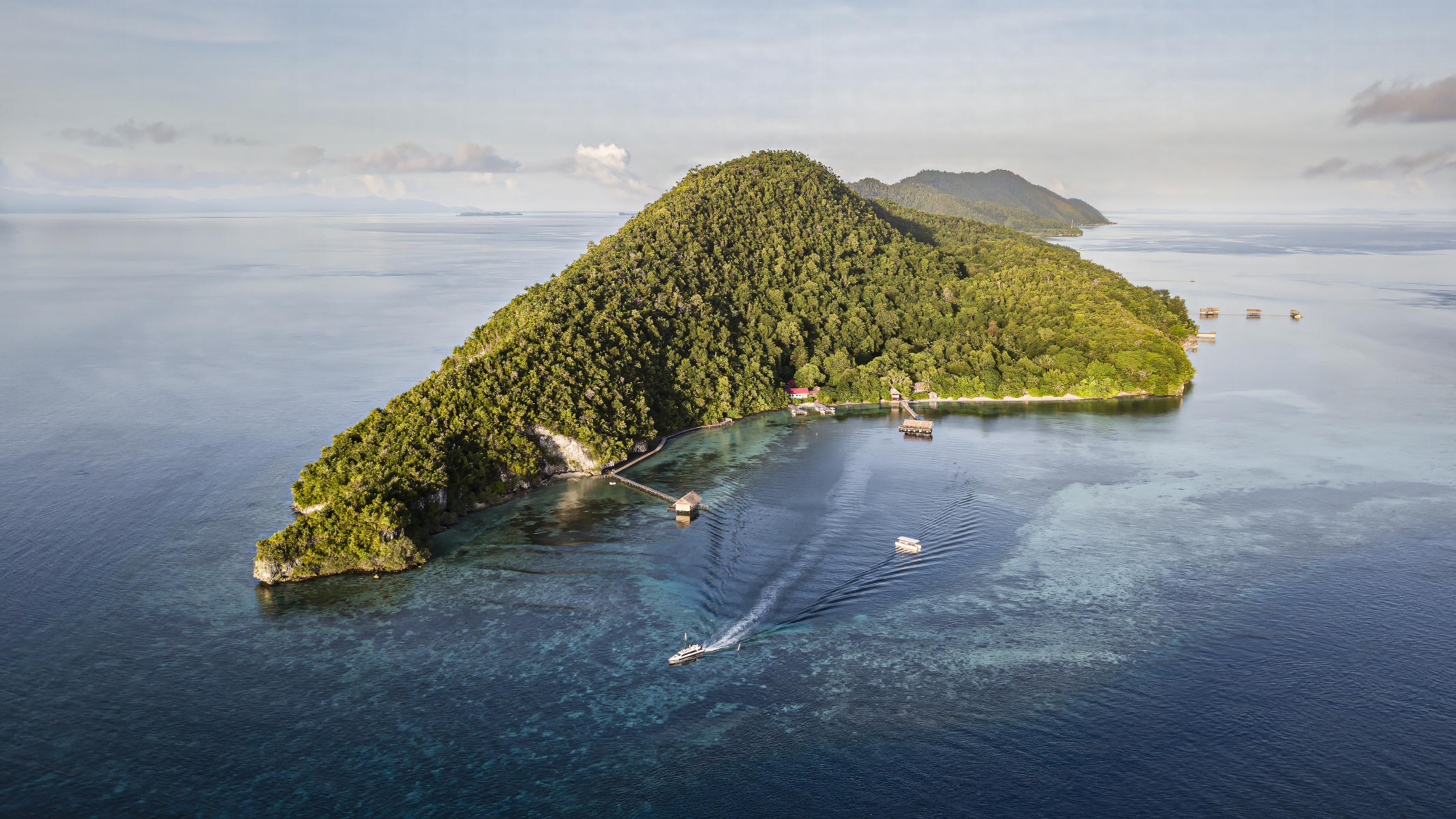
We are excited to announce that Sorido Bay Resort has been nominated for a second time by the World Travel Awards 2024. We appreciate everyone's support 🙌

